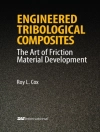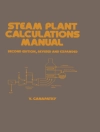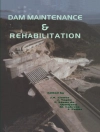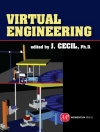This book focuses on robust characterization and prediction methods for materials in technical applications as well as the materials’ safety features during operation. In particular, it presents methods for reliably predicting material properties, an aspect that is becoming increasingly important as engineering materials are pushed closer and closer to their limits to boost the performance of machines and structures. To increase their engineering value, components are now designed under the consideration of their multiphysical properties and functions, which requires much more intensive investigation and characterization of these materials.
The materials covered in this monograph range from metal-based groups such as lightweight alloys, to advanced high-strength steels and modern titanium alloys. Furthermore, a wide range of polymers and composite materials (e.g. with micro- and nanoparticles or fibres) is covered. The book explores methods for property prediction from classical mechanical characterization-related fields of application, for example, from wear, creep, fatigue and crack growth, to specific surface properties, to dielectric and electrochemical values. As in all fields of modern engineering, the process is often accompanied by numerical simulation and optimization.
İçerik tablosu
1
Options for Nanoreinforced Cast Al-Si Alloys with Ti O2 Nanoparticles.- 2 Mechanical Properties and Wear Resistance of Semisolid Cast Al
2O
3 Nano Reinforced Hypo and Hyper-eutectic Al-Si Composites.- 3 Simulation of a Crack Emanating from a Microvoid in Cement of a Reconstructed Acetabulum.- 4 Surface properties of microfibers and nanofiber composites tested in contact with bacteria E. coli and fungi of the Candida genus.
Yazar hakkında












